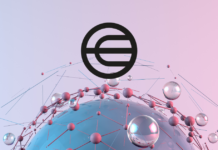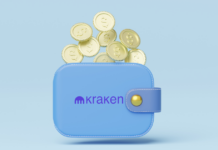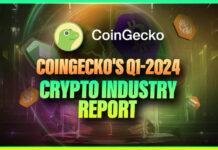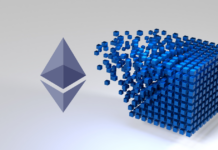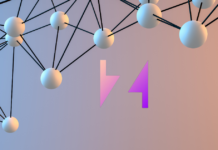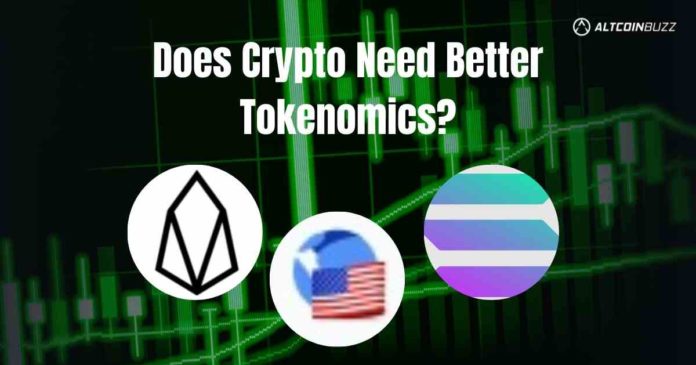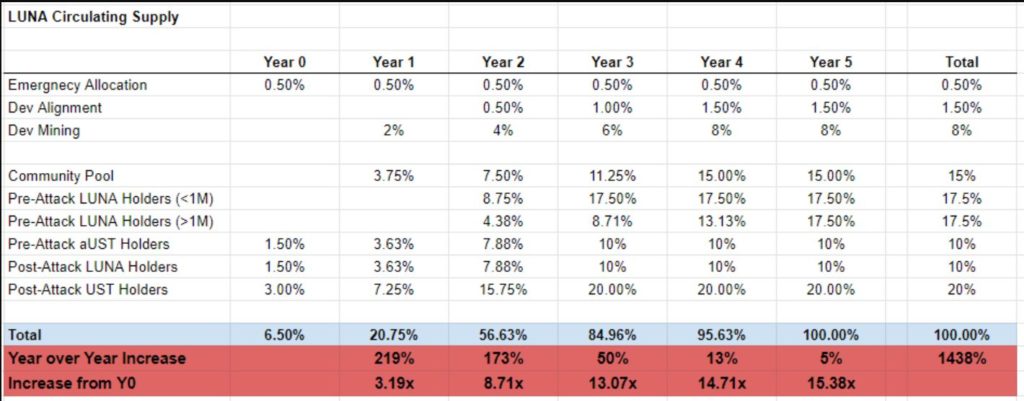Are the current crypto tokenomics due for a change? Let’s take the Terra 2.0 proposal by Do Kwon as a sample. This tokenomics proposal has many pros and cons. However, it looks like Do Kwon’s proposal is going to make it. This means that Terra will install the plan on May 27th, 2022.
We will first explain the Do Kwon proposal. After that, we will discuss if the current crypto tokenomics need a change. Let’s have a look at Do Kwon’s Terra Ecosystem Revival Plan first.
5/ There are multiple proposals on Agora on the best steps to move forward for the community – after having read many of them, I’ve put down my thoughts of what I think the best steps are: https://t.co/pJNXATzllz
— Do Kwon 🌕 (@stablekwon) May 13, 2022
What Is the Terra 2.0 Proposal by Do Kwon?
Do Kwon calls this the Terra Ecosystem Revival Plan. He proposes a hard fork, in which the old chain continues with the current LUNA tokens. They become the LUNA Classic (LUNC) tokens. As already mentioned, this should happen come May 27th, according to the amended plan.
The new chain will continue without a stablecoin. It seems that Do Kwon wants to salvage the LUNA token. He plans to uncouple the UST stablecoin from LUNA. Currently, there is a vote going on, and it appears that his proposal has a majority lead of 66% or more. Of 262 million votes, 173 million voters favor a fork.
Now, the distribution of the new LUNA tokens is as follows;
- 35% to pre attack LUNA holders
- 10% to current LUNA holders
- 10% to pre attack UST holders
- 20% to current UST holders
- 25% to a community pool and 10% of this is for development
See the picture below, with a slightly more precise allocation.
Source: Twitter
Does the Do Kwon Proposal Have Good Tokenomics?
Now, the big question is if the suggested tokenomics by Do Kwon are any good. Andrew Kwang from PleasrDAO started an interesting thread on Twitter about this topic. He thinks that the current proposal will weaken the project, as soon as the first cliff hits. See the above picture. For example, it clearly shows that the LUNA supply increased by 1400% over 5 years.
1/ Terra 2.0 Tokenomics are going to debilitate the project as soon as the first cliff hits$LUNA supply increases by 1400% over 5 years
Tokenomics need to be fixed or else another round of retail will get hurt https://t.co/6RJ9ELIEhB pic.twitter.com/2c9uteDYpA
— Andrew Kang (¤, ¤) (@Rewkang) May 18, 2022
He starts the discussion by stating that low float tokenomics don’t work. That’s the biggest takeaway from this cycle, according to him. Around 2017, projects had no vesting or lockups. This resulted in quick flips and rug pulls. The current vesting schedules are a step in the right direction. This ensures long-term alignment.
Furthermore, he argues that low token floats are inefficient. Because there’s a lack of supply vs demand. As a result, there’s an inflated FDV (Fully Diluted Valuation). On the other hand, retail tends to only show interest in the circulating supply. So, they don’t notice that each year the amount of circulating tokens increases. See the picture above, where the circulating supplies see from Y0 to Y1 an increase by 3x and from Y0 to Y2 an increase of almost 9x.
Moreover, he doubts that the network can handle the increase in emissions. Even more so, if the market conditions are not strong.
Do We Keep Cliffs and Vesting?
With this token distribution set up, new stakeholders have no possibility to buy the new LUNA. As a result, he argues that it is best to completely let go of all cliff and vesting schedules. To clarify, a cliff is the period of time before the release of a token starts. Vesting is the actual release of the tokens over a period of time. During the vesting period, these tokens are not up for sale or available for trading or staking. This release happens over a slow period of time, so the market doesn’t get a sudden oversupply of a specific token.
He does make an exception for the developer mining program. In the same vein, he thinks there will be constant selling pressure. Simply because LUNA holders are no longer interested in the project.
6/ Imo best way to structure the tokenomics would be to remove all vesting and cliff except for the developer mining program
Otherwise, $LUNA will face consistent selling pressure from the many stakeholders that are no longer interested in $LUNA exposure
— Andrew Kang (¤, ¤) (@Rewkang) May 18, 2022
Projects use vesting and cliffs for immature market projects. However, they’re used poorly, according to Kwang.
Now, with LUNA, a new situation arrives. They are not an immature market and thus, it offers a unique opportunity to do things differently. They can choose to not follow the trodden path that according to Kwan is already broken. He says, “Delaying emissions from fear never works. Let the market work itself out“.
As a result, he envisions this split,
- 50% split between Pre-Attack LUNA holders <1M and >1M
- Linear emissions from Community Pool over 4 years
Conclusion
So, how do you see this? Should projects (not just LUNA) get rid of cliffs and vesting? Cliffs and vesting seem to be a good idea and secure that a team for instance doesn’t do rug pull. On the other hand, it also seems that the projects should make a larger number of tokens available at launch. This prevents the market from a token flood. Once the vesting schedule releases new tokens, there is a fair chance of a price drop.
Fair launches are also options that start surfacing. To clarify, this means no early access or allocation of tokens. However, in this specific set-up, that wouldn’t work. Other than that, this is another step forwards in initial token distribution. Bitcoin is the best example of a fair launch token but there are others and you should search for them.
⬆️For more cryptocurrency news, check out the Altcoin Buzz YouTube channel.
⬆️Find the most undervalued gems, up-to-date research, and NFT buys with Altcoin Buzz Access. Join us for $99 per month now.


